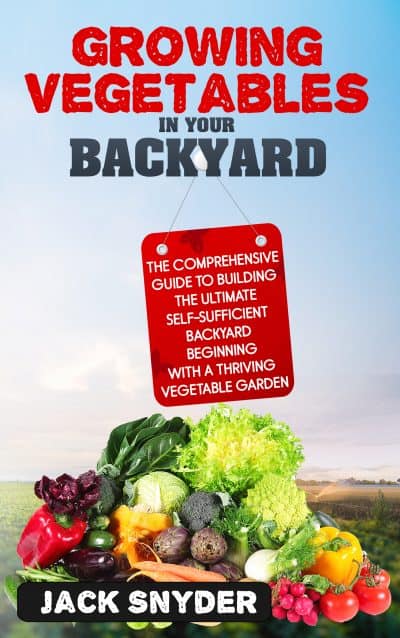Description
What your favorite grocery store doesn’t want you to discover . . . 1 in 3 American households grow their own food.
Just let that sink in for a second.
The number of families involved in gardening has increased by 200% since 2008.
Perhaps people have lost faith in mass-produced food, or maybe they’ve gotten tired of the lack of transparency when it comes to the production process—is it possible that we might be eating produce that’s actually bad for us?
Fortunately, in recent years, our collective awareness has finally shifted to our health.
We now know that our wellbeing, and that of our environment, is being gambled with for the sake of increased revenues and lower production costs—and collectively, we’ve started taking action.
It may come at no surprise then, that since around 1940, we have seen an up to 40% decline in the nutritional value of produce.
Food producers nowadays use a copious amount of fertilizers and genetically modified hybrid plants that have been developed to quickly produce a big yield at the cost of quality.
But now, you have the means to noticeably improve the quality of the products you eat, your physical and mental health, and play an active role in saving the environment by contributing to reducing pollution and lowering food waste.
The answer to a more ethical and sustainable life lies in the most unexpected places: your backyard.
If you have a backyard garden, then you may have just run out of excuses as to why you shouldn’t invest that space to grow your food.
The possibilities have become increasingly diverse, easy, and efficient. No garden is too small anymore, everyone can have a green thumb, and with the right guidance, you will know exactly where to start and precisely what to do every step of the way.
In Growing Vegetables in Your Backyard, you will discover:
- The 5 basic elements you absolutely need to understand if you want to grow your own food
- How to grow an abundant garden, even in the smallest of spaces
- 5 of the most common raised bed farming mistakes, and how to avoid them to get the most out of your garden
- The key to growing all your food upside down and saving plenty of much-needed home space, while also minimizing clutter
- Step-by-step guidance to understanding what makes the best quality soil, and how to work it in order to grow healthy and strong plants
- The finest professional farming secrets you can apply as a complete beginner to reap the best-quality homegrown produce
- The importance of plant compatibility, and how to avoid plants outgrowing and overpowering their soil neighbors
- And much more.





Comments